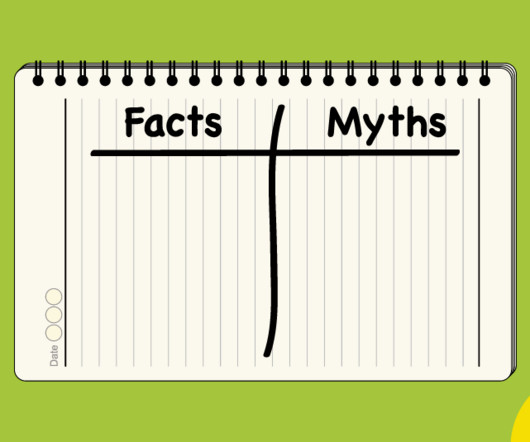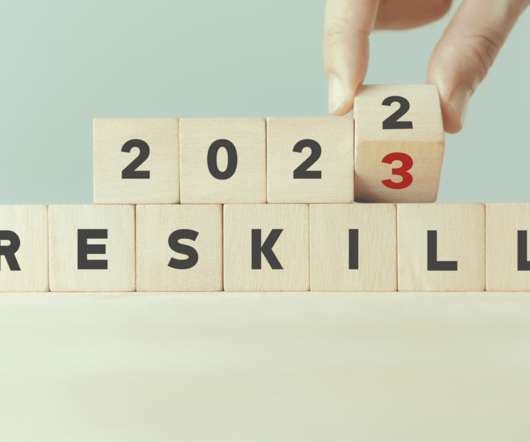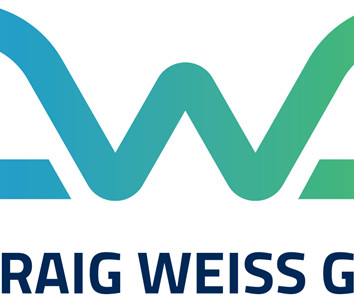Are Learning Styles a Myth? Challenging Assumptions About How People Learn Best
Maestro
NOVEMBER 2, 2021
What’s your learning style? At one point or another, most of us have expressed our learning styles and learning preferences: maybe you consider yourself a visual learner; maybe you consistently get tripped up when listening to audio lectures. So, what does the science really say about learning styles?








































Let's personalize your content